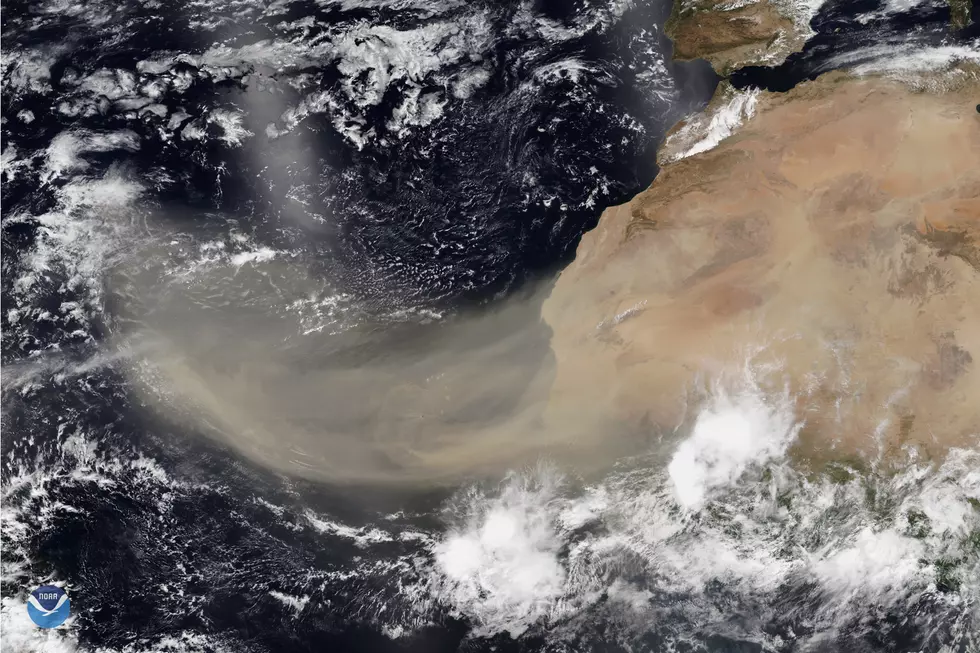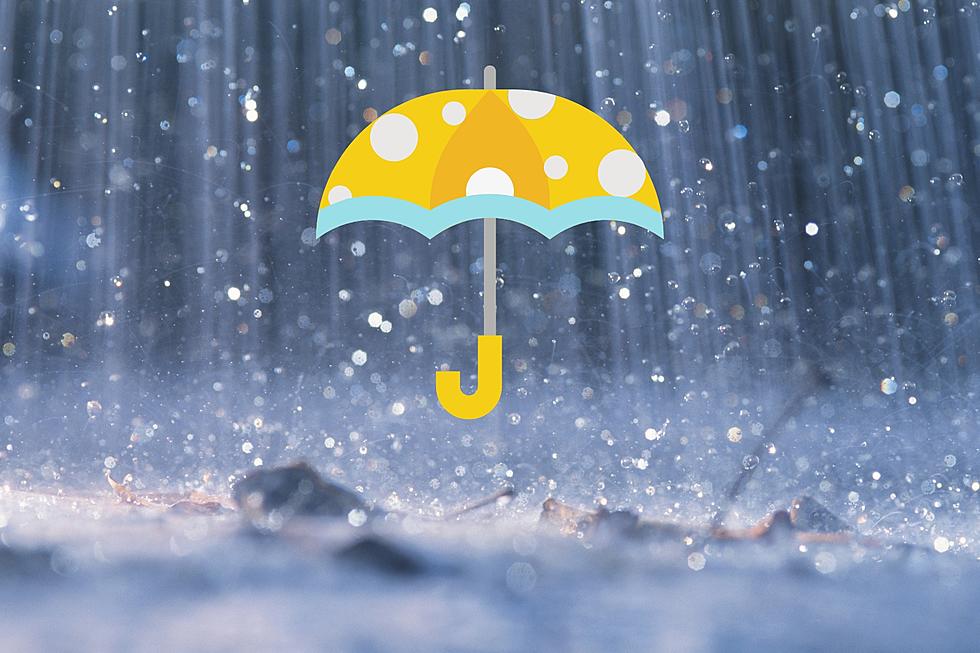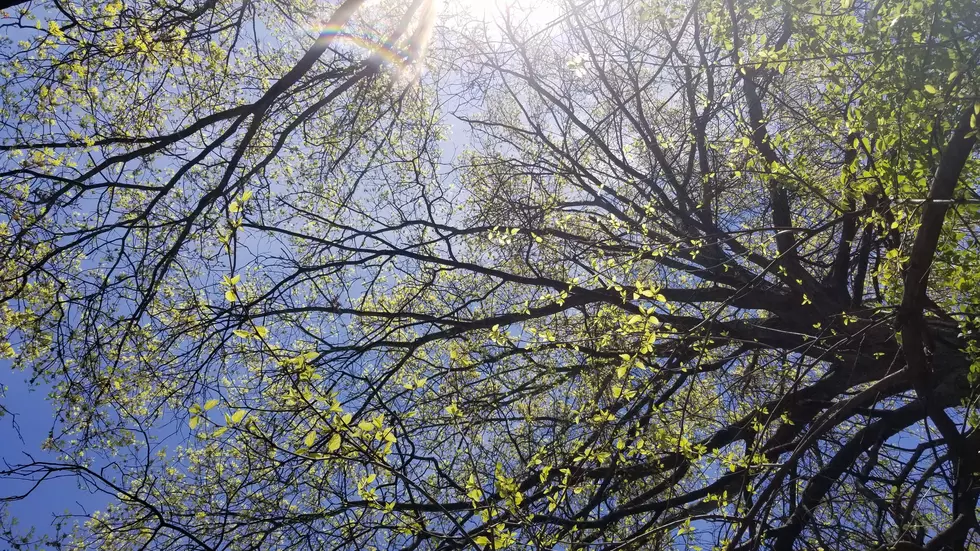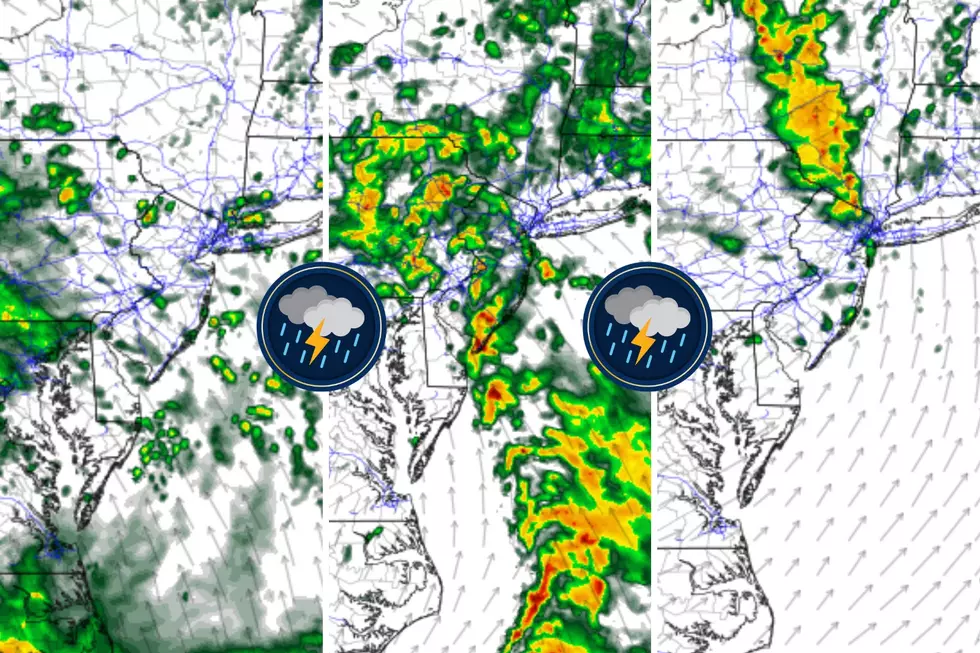
Dust from the Sahara Stretching Across the Atlantic: 5 Impacts in NJ
The Sahara Desert is the largest hot desert in the world. It covers a swath of northern Africa approximately the size of the entire United States (3.6 million square miles). Needless to say, there is a lot of dust and sand sitting about 3,500 miles southeast of the Garden State.
Occasionally, wind and weather patterns will cause that dust to travel through the atmosphere and across the Atlantic Ocean. And a particularly thick plume is now traveling west, expected to arrive in the United States this weekend.
To be clear, Saharan dust plumes occur often — almost every year. And to be even clearer, the dust's effects on New Jersey will be minimal — especially since we'll only end up on the fringe edge of the plume. (The Caribbean to the southeastern U.S. will see and feel the Saharan dust plume the most.)
But it is a fascinating scientific phenomenon. And I count five ways the dust intrusion could impact our sky and weather conditions here in New Jersey.

Saharan Dust - So What?
More From WPG Talk Radio 95.5 FM










